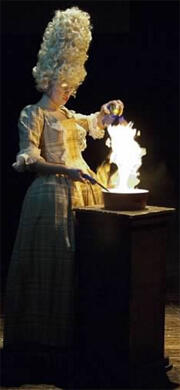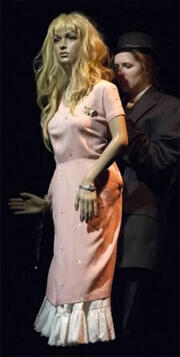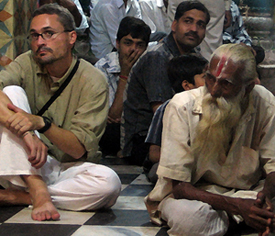SELECTED PUBLICATIONS
The Performative Ground of Religion and Theatre (Routledge, 2019)
Brigham Young: Sovereign in America (New York: Routledge, 2014)
Theatre and Religion on Krishna’s Stage (New York: Palgrave, 2009)
“Video Games, Theatre, and the Paradox of Fiction”, Journal of Popular Culture 47.6 (2014): 1123-35.
“Rasa and the ‘Saturated Event’”, Studies in South Asian Film and Media 54.1 (2013): 47-55.
“The Phenomenology of Audience in Vrindavan’s Râs Lîlâ Theatre”, Journal of Vaishnava Studies 21.1 (2013): 131-43.
“Religious Experience as a Model for Emotional Experience in Theatre”, Journal of Dramatic Theory and Criticism 22.2 (2008)
“Rasa, ‘Rasaesthetics’, and Dramatic Theory as Performance Packaging”, Theatre Research International 31.1 (2006)
“Who Is the Indian Shakespeare? Appropriation of Authority in a Sanskrit A Midsummer Night’s Dream”, New Literary History 34.2 (2003)
“Stanislavsky, Smarana, and Bhâv: Acting Method as Religious Practice in Vrindavan, India”, Journal of Dramatic Theory and Criticism 18.1 (2003)
SELECTED RESEARCH AFFILIATIONS
2014 HOWARD FELLOW, The George A. and Eliza Gardner Howard Foundation
2001 FULBRIGHT-HAYS FELLOW, United States Department of Education
PROFESSIONAL AFFILIATIONS
ASSOCIATION FOR ASIAN PERFORMANCE
INTERNATIONAL FEDERATION FOR THEATRE RESEARCH
AMERICAN ASSOCIATION OF UNIVERSITY PROFESSORS
OTHER STUFF
I'm editor of Ecumenica: Journal of Theatre and Performance.
I′m currently the Director of Asian Studies at Rhodes College.
I also write the AESTHEISM blog for Patheos.com


